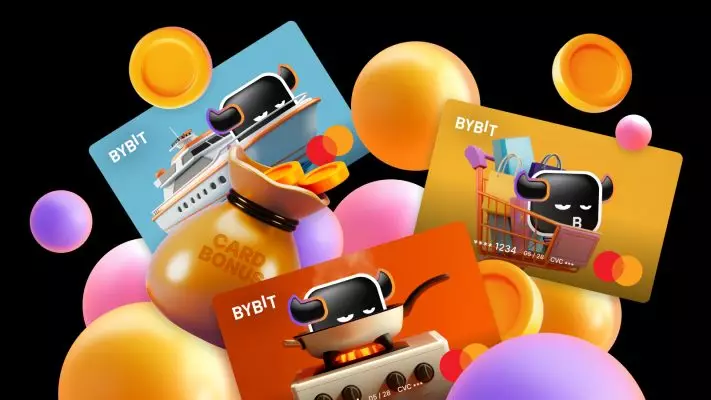Ethereum (ETH) rose to fame as being one of the best alternatives in the crypto world if you weren’t able to afford Bitcoin. While there are differences between the two, the average investor used Ethereum as a way to get into cryptocurrency without having to spend enormous amounts of cash.
With the coin still developing, growing, and changing every day, more and more people want to buy Ethereum and start building their portfolios. Here are a few of the reasons why Ethereum is still so popular.
The Price
For the average investor, the price of something and its potential growth is almost always more important than what it is or what it does; the same is true for Ethereum. After the boom that has made Bitcoin as expensive as it is today, people are turning to the next best thing.
While Ethereum is still relatively expensive, it’s much more affordable than Bitcoin. This means that investors can still get a large chunk of it without having to break the bank. As mentioned, for the average Joe, this is more than enough to get them to invest.
Easy to Buy
Due to Ethereum not being capped, unlike Bitcoin, which has a finite amount, Ethereum is more “liquid.” With Bitcoin, you either have to mine it yourself or buy whatever is available. On the other hand, Ethereum is always available to buy, from the smallest, most affordable fraction, to as many coins as your finances will allow.
For regular investors, this means there’s less “work” needed to own some Ethereum, and therefore it’s a much more attractive prospect.
There is one big factor that makes Ethereum easy to buy: supply and demand. There is a very large amount available on the market, and while the total supply has now gone down due to ETH 2.0, there is more than enough of it still in circulation at an affordable price.
Ethereum doesn’t have the same “fame” as Bitcoin, per se. Most people know of Bitcoin, they want to own Bitcoin, and therefore the price is going to continue to stay high, whereas Ethereum isn’t as well-known amongst new traders, enabling it to stay cheaper.
Smart Contracts
One of the biggest hurdles that cryptos have faced is that most people haven’t yet seen the real-world use of them. However, Ethereum is already breaking this mold in the form of smart contracts.
A smart contract is a type of contract that is executed by code, meaning it can’t be changed or altered. These contracts can then be used to power decentralized apps (dApps), or decentralized finance (DeFi).
Proof-of-Stake model
Stopping fraud and dodgy, untraceable transactions is another hurdle that Ethereum is trying to get around using a proof-of-stake model. In simple terms, if you’re a miner (validator) who has created a node used for transactions, you must put your own Ethereum on the line as collateral to prevent any fraud.
This will not only improve transaction speed and capabilities, but also make Ethereum more scalable, and should put a stop to any malicious behavior within trading. Malicious and fraudulent practices are another reason people are hesitant to invest; Ethereum wants to eliminate this.
Speed & Scalability
Compared to Bitcoin, Ethereum is one of the fastest coins out there. An Ethereum block time currently sits at about 10 to 15 seconds, with a Bitcoin block coming in at about 10 minutes. An Ethereum transaction can take as little as five minutes, while Bitcoin will take about 40.
Ethereum 2.0 is set to scale and speed up these transaction times even further. By implementing something called shard chains, sets of nodes process transactions in parallel, meaning the system can execute up to 15,000 transactions a second.
Disinflation Supply
Bitcoin is so valuable because there are only 21 million coins in existence, and there will only ever be 21 million coins. In contrast, Ethereum does not have a finite cap and is only limited to how many coins are released yearly.
If you combine this with the proof-of-stake model since Ethereum has to be staked to validate transactions, there is less supply, and the value of the coin will go up. Many believe this will help Ethereum to grow in value even further, and possibly even take it to the heights of Bitcoin.
One of the factors that make Bitcoin so valuable is its limited supply, and, therefore there isn’t a lot of it being bought or sold, which makes it cost more. On the other hand, Ethereum does not have a limited supply, but instead now has a slightly more limited net supply.
While this sounds contradictory, what it means is that less Ethereum is being produced due to the new Ethereum 2.0 model. As mentioned already, since it is now more difficult to stake, there will be less of it entering the crypto-sphere at any one time.
Ethereum has also seen the biggest burn we have witnessed in a very long time, with over 5,000 coins leaving the market in one day. The burn mainly took out fees. The cryptocurrency has a burn mechanism that triggers due to increased network usage, and the current FTX debacle and market volatility have caused a network usage spike.
This burn, combined with the slower supply, means that Ethereum is now deflationary, and therefore the hope is for the value to steadily rise.
Correlation to Bitcoin
Before the DeFi boom, there was a close correlation between the price of Bitcoin and Ethereum, as Bitcoin is the bar that other tokens are trying to reach. Nowadays, though, with Ethereum showing its potential with smart contracts and DeFi, this relationship has lessened.
Because of this, investors are beginning to view Ethereum as its own thing, not tied to Bitcoin in one of the most important aspects: price.


